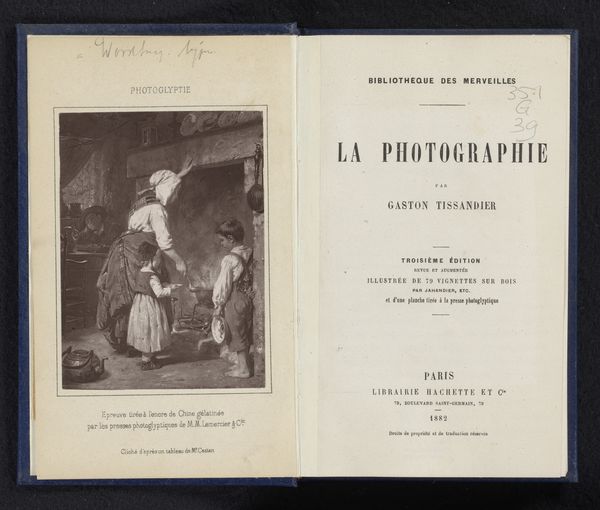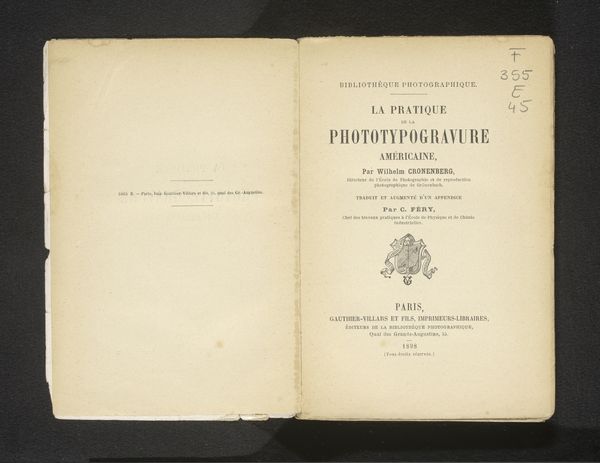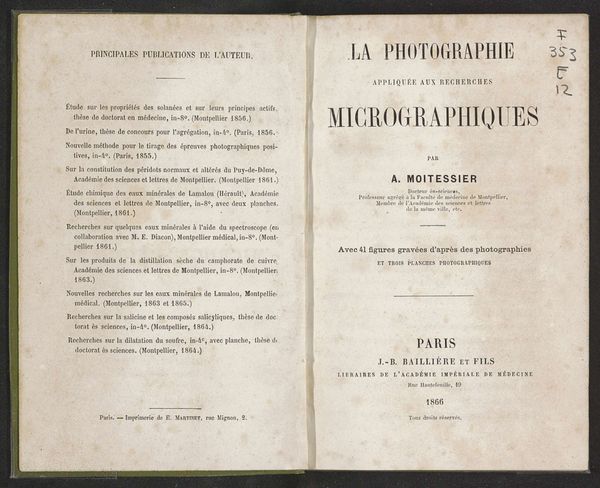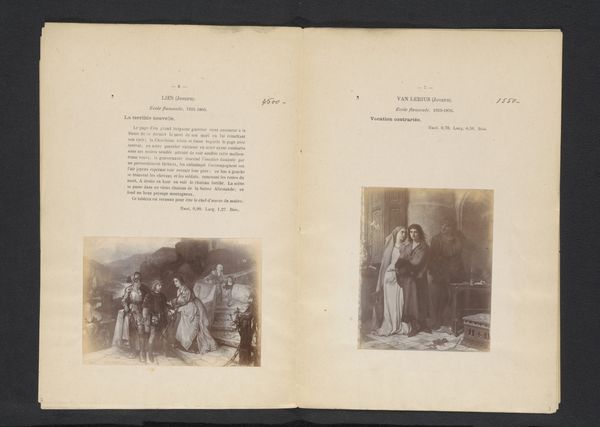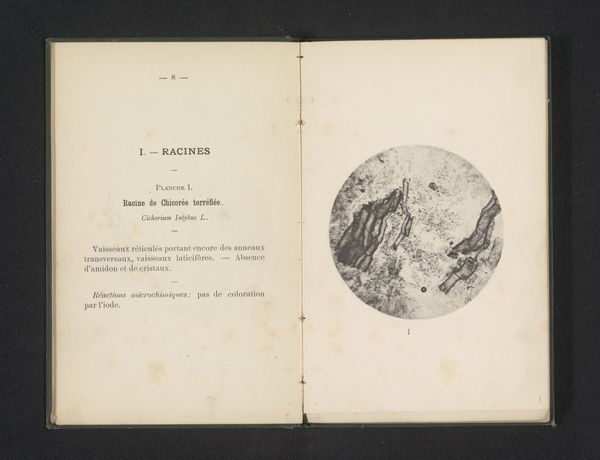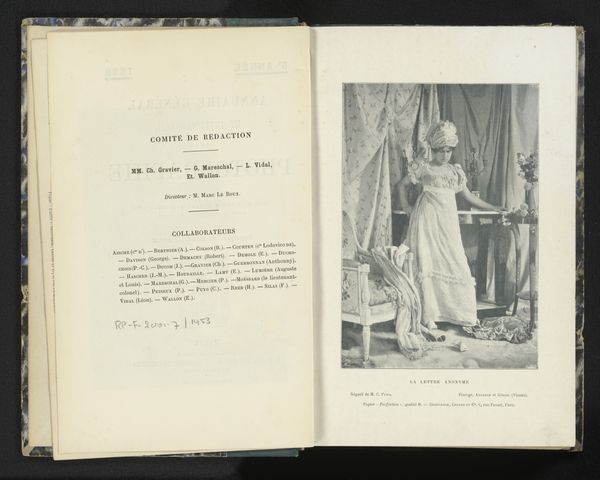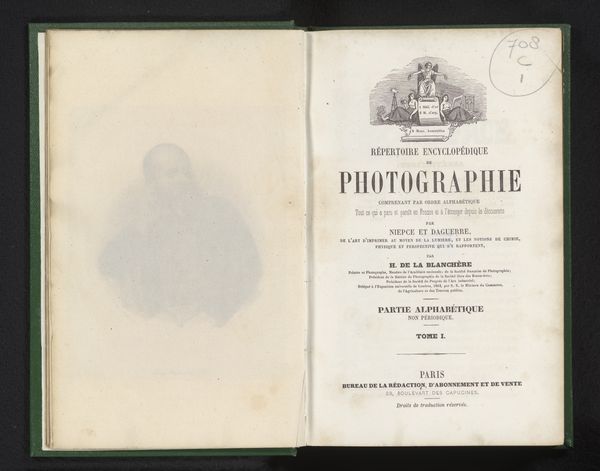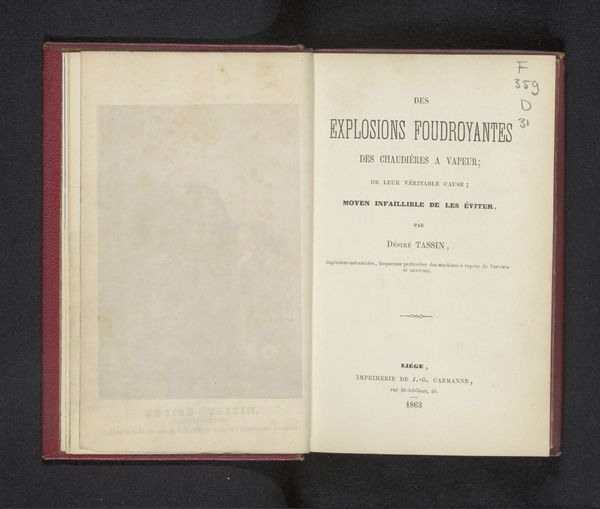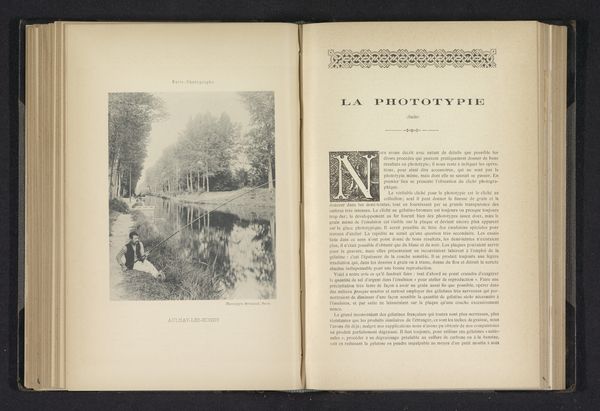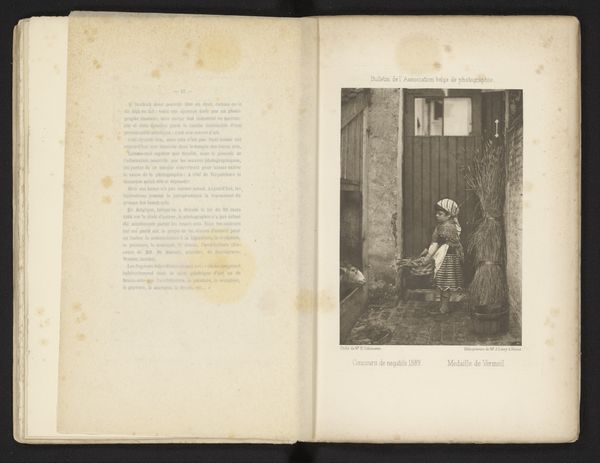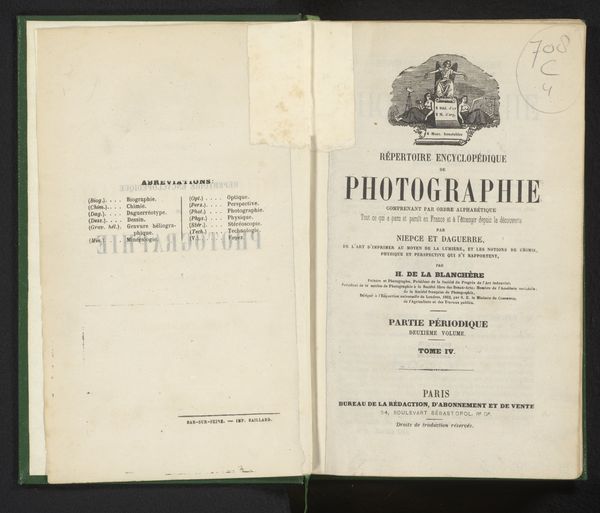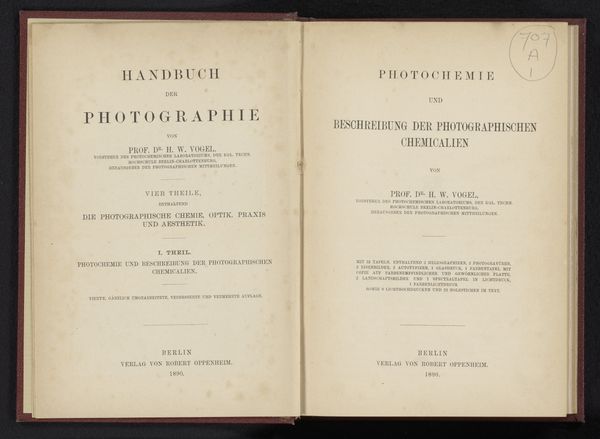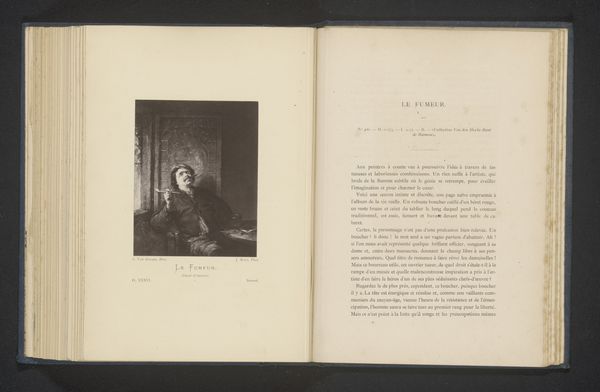
Fotoreproductie van een schilderij van een moeder met twee kinderen bij een haard, door Pierre Jean Edmond Castan before 1874
0:00
0:00
print, photography
#
script typeface
#
aged paper
#
still-life-photography
#
mother
#
paperlike
# print
#
impressionism
#
personal journal design
#
photography
#
thick font
#
publication mockup
#
genre-painting
#
handwritten font
#
paper medium
#
historical font
#
publication design
Dimensions: height 105 mm, width 79 mm
Copyright: Rijks Museum: Open Domain
Curator: I'm immediately struck by the intimacy of this photoglyphic reproduction, "Fotoreproductie van een schilderij van een moeder met twee kinderen bij een haard, door Pierre Jean Edmond Castan." The original artwork may predate 1874, aligning it with developments in photomechanical printing. There's a tangible sense of warmth radiating from the scene, don't you think? Editor: Absolutely. Before diving into any theoretical frameworks, the scene just makes you want to pause. It's a snapshot into domestic life, centered on family, on home and on… warmth. You feel the texture of the apron and the soot around the hearth almost immediately, there is something immediately appealing. Curator: This particular print was created using photoglyptic processes by Lemercier & Cie. That's crucial. Photoglyphy offered a novel method for mass reproduction, disseminating imagery to a wider audience at a more affordable cost. Think of the shifts in viewership that implied. Editor: Which speaks to its inherent artistic value and its potential impact on how domestic imagery was consumed. But let’s not get too academic just yet. The subjects in the scene appear so involved in their immediate world, oblivious to anything. We are seeing the quiet reality and the daily happenings in this intimate sphere. How was this scene set? Curator: The social context is ripe. We have industrial advancements democratizing images while also shaping perceptions of the ideal family, mother, hearth. It's a period heavily invested in defining and showcasing domestic virtue. The prints circulated within publications, therefore intertwining the domestic with early forms of mass communication. Editor: So it is like looking into a pre-internet influencer photo? Curator: Something like that. And notice the layering – first Castan’s painting, then Lemercier's photographic translation and publication—materiality at every turn shapes meaning and accessibility. How it entered homes mattered as much as its subject. Editor: Okay, but looking at it now—past the technologies—I notice an element of…idealization. Even with what appears to be honest, humble subjects, there’s something curated about it all. Is it a truly faithful reproduction or already something shaped? Curator: Precisely, our gaze now is colored by that knowledge. Its success hinged on portraying an achievable middle class warmth to which many might aspire. A fabricated sense of the real sold. Editor: And those tensions between reality and production still ripple through images today. It certainly brings me to consider what stories are told—and crucially, how they’re told, who’s profiting—by all of it.
Comments
No comments
Be the first to comment and join the conversation on the ultimate creative platform.
